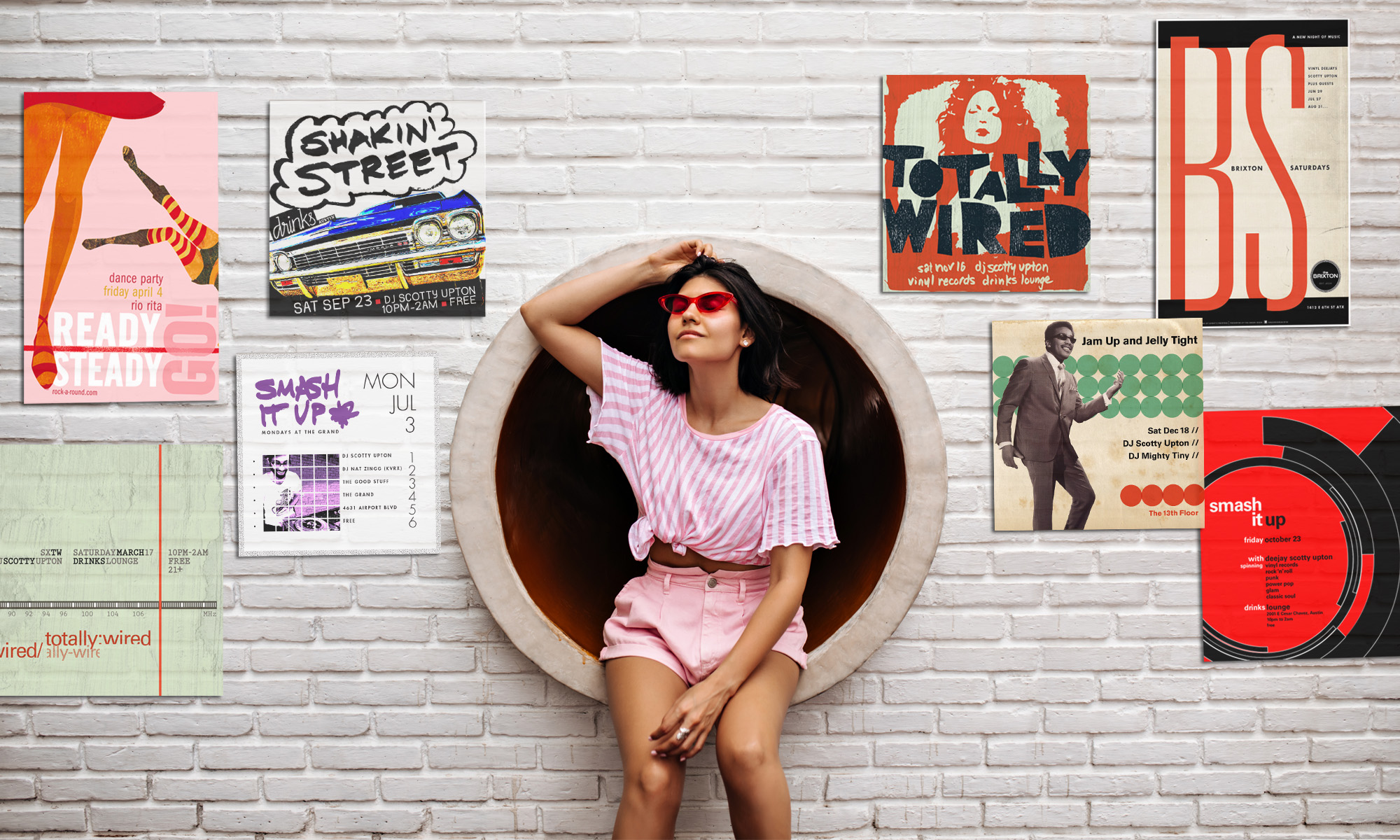Some products are inextricably infused with nostalgia. Letraset is one of them. Sheets of film that would be rubbed with the end of a pencil to give way to beautifully formed letters—as long as you had a steady hand and the patience of a saint.
Letraset launched its dry-transfer lettering system in 1961, and graphic designers and architects embraced it with gusto. But so did amateur bedroom publishers, where Letraset became de rigueur for music fanzines and school magazines.
Simon Garfield, author of Just My Type: A Book About Fonts and an early adopter of the technology, writes, “The range included all the standard popular fonts, but there was a sort of anarchic freedom to the wilder designs, something indelibly linked to the 1960s and ’70s, and now much used in retro branding.”

With their DIY philosophy, young punk rockers embraced Letraset for their gig posters and record sleeves. One interesting example is the 1978 Mute Records logo, its “walking man” plucked from a Letraset sheet of architectural symbols. Daniel Miller formed Mute Records as a vehicle to release his own single, “T.V.O.D.”/”Warm Leatherette,” under the moniker The Normal. The label, once home to Depeche Mode and Erasure, continues today—with Mr. Miller as its executive chairman—under the EMI banner.

Letraset history courtesy BBC News
Mute Records history courtesy Ibiza Voice












 The recent concept of prêt-à-porter or “shelf” logos involves the online offering of pre-designed corporate logos with exclusive ownership (i.e., the logo design may not be resold). A few companies have cloned the online business model, but the geniuses at South Africa-based
The recent concept of prêt-à-porter or “shelf” logos involves the online offering of pre-designed corporate logos with exclusive ownership (i.e., the logo design may not be resold). A few companies have cloned the online business model, but the geniuses at South Africa-based  You may have seen the phrase, “Our friends call us The Shack℠.” Electronics retailer
You may have seen the phrase, “Our friends call us The Shack℠.” Electronics retailer